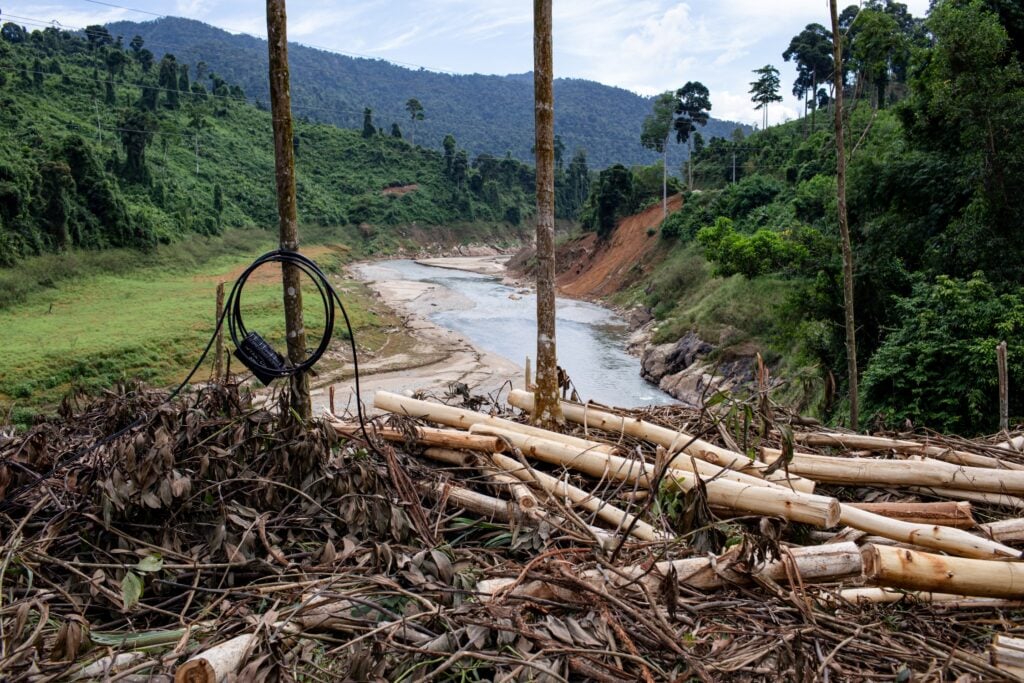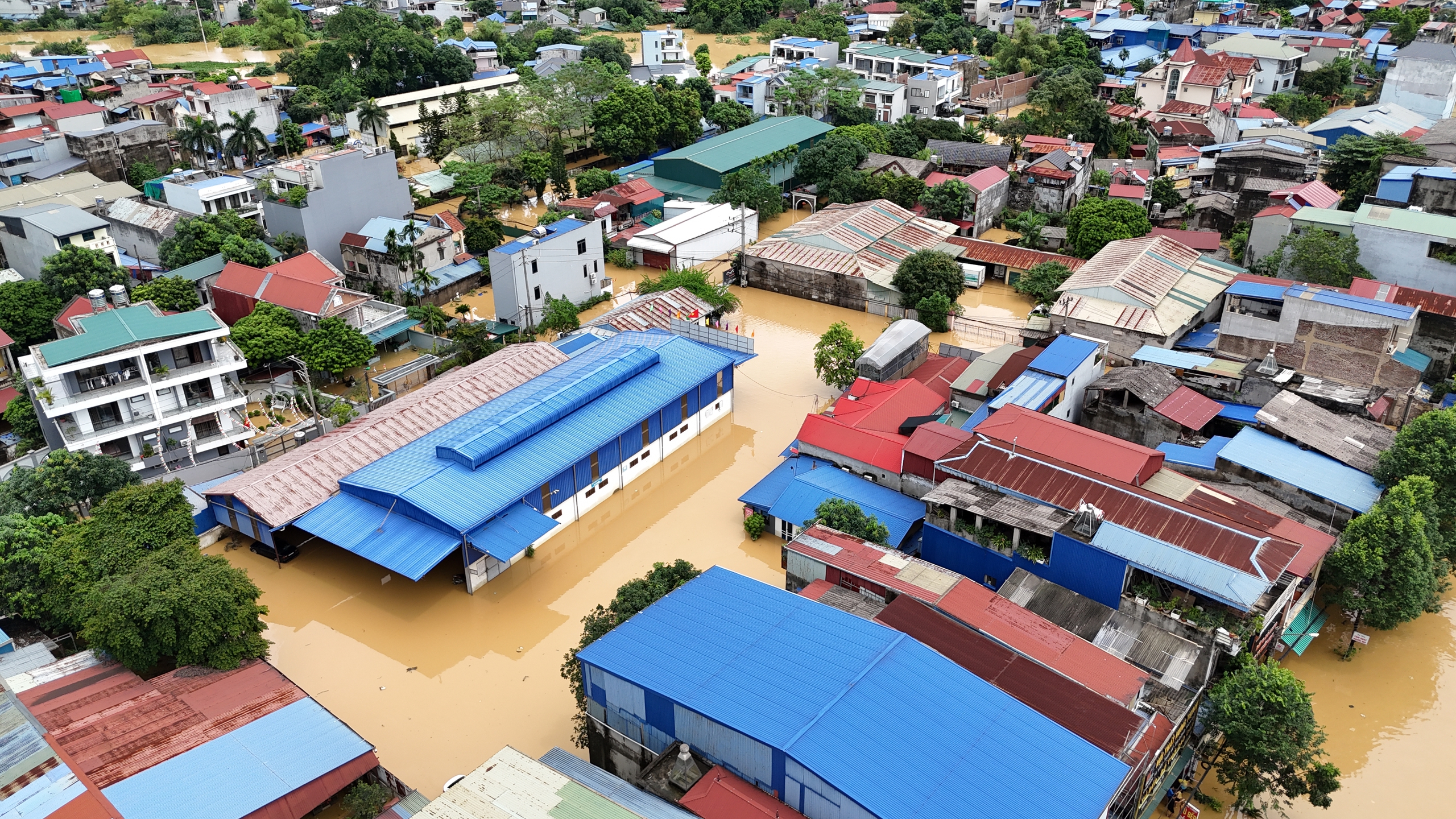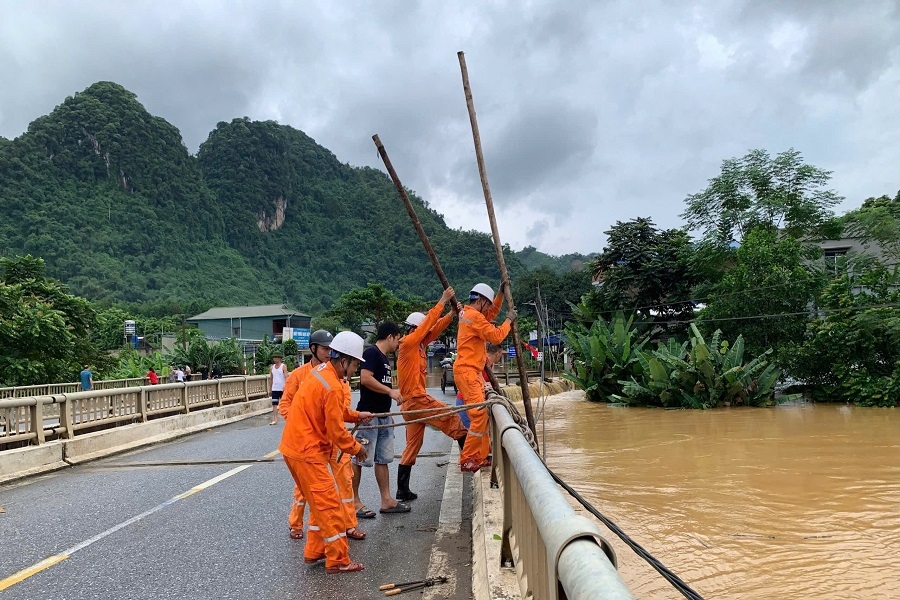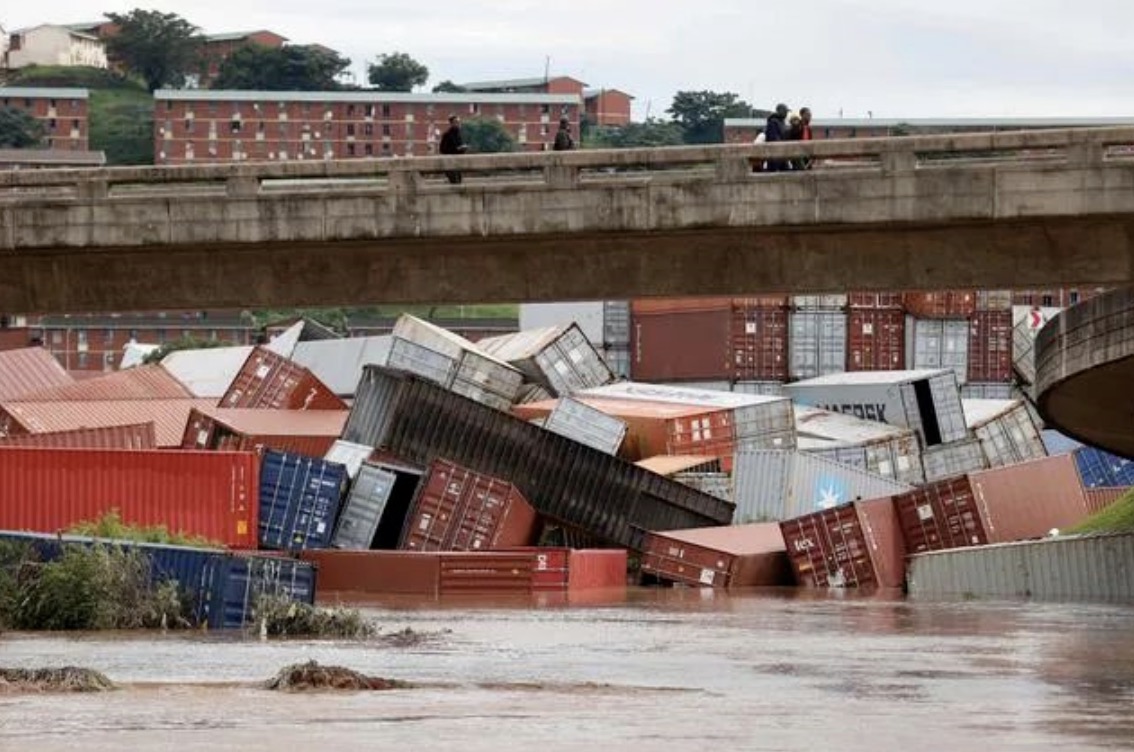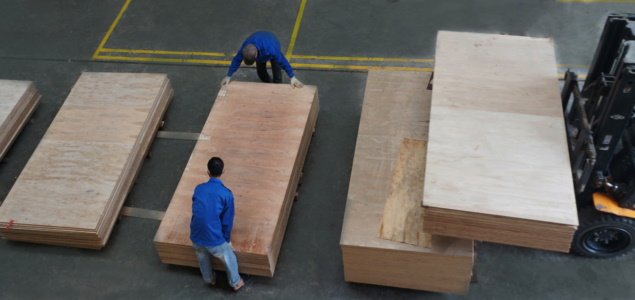Flooding caused by seasonal storms and heavy rains has become an increasing challenge for many industries in Northern Vietnam, with the timber industry being one of the most affected. Severe flooding, often a result of tropical storms like Yagi, has significantly disrupted both the supply and production processes of timber businesses across the region. Here’s how the flooding impacts this vital industry:
1. Loss of Raw Materials
Northern Vietnam is home to large tracts of forest, which provide essential raw materials for the timber industry. Provinces like Yên Bái, Thái Nguyên, and Lào Cai play a key role in timber production, but when heavy rains hit, these forests face immense damage. Floods and landslides uproot trees, wash away valuable timber, and increase the difficulty and cost of retrieving the wood. This not only leads to shortages but also drives up the price of raw materials as businesses struggle to replenish their supplies.
2. Production Halts and Infrastructure Damage
Flooding in industrial zones—particularly in areas like Hải Phòng and Quảng Ninh—causes widespread disruption to timber processing plants. With facilities inundated, machinery and stock are often submerged or damaged, leading to production delays. Many factories are forced to shut down for extended periods to clean up and repair the damage. Such closures have a cascading effect on production schedules, contracts, and workforce management, significantly reducing output and profitability.
3. Disruption of Supply Chains
The timber industry heavily relies on a seamless supply chain to transport raw materials to processing plants and finished products to export hubs. However, flooding causes road and rail blockages, making transportation nearly impossible. Major highways and transport routes in the northern regions are often rendered impassable due to landslides and water damage, leading to delays in both domestic distribution and exports.
4. Increased Costs for Recovery and Repairs
The financial burden from flood damage extends beyond production delays and raw material losses. Many businesses face significant costs in repairing damaged facilities and replacing equipment. In addition, the increased demand for timber products, combined with the decreased supply, causes prices to surge, making it difficult for companies to maintain their competitive edge.
5. Impact on Export Markets
Vietnam is a major exporter of timber and timber products, and disruptions in the supply chain directly affect its ability to meet international demand. Flood-related delays can lead to missed shipment deadlines, contract breaches, and financial penalties from international clients. Moreover, buyers may look to alternative suppliers, weakening Vietnam’s foothold in the global market.
6. Long-Term Environmental Impact
Flooding also has long-term environmental impacts that affect the sustainability of the timber industry. Landslides and soil erosion caused by heavy rainfall degrade forest areas, making reforestation efforts more challenging. The loss of topsoil and nutrients can stifle tree regrowth, leading to longer-term shortages of timber resources.
Conclusion
Flooding in Northern Vietnam presents a critical challenge to the country’s timber industry. From the destruction of raw materials to supply chain disruptions, the effects are felt at every level of production. Addressing these challenges requires coordinated efforts to improve infrastructure, invest in flood prevention technologies, and implement long-term sustainability practices within the industry.
For businesses to thrive, adaptation strategies are essential to mitigate future risks and ensure that Vietnam remains a leading player in the global timber market.

